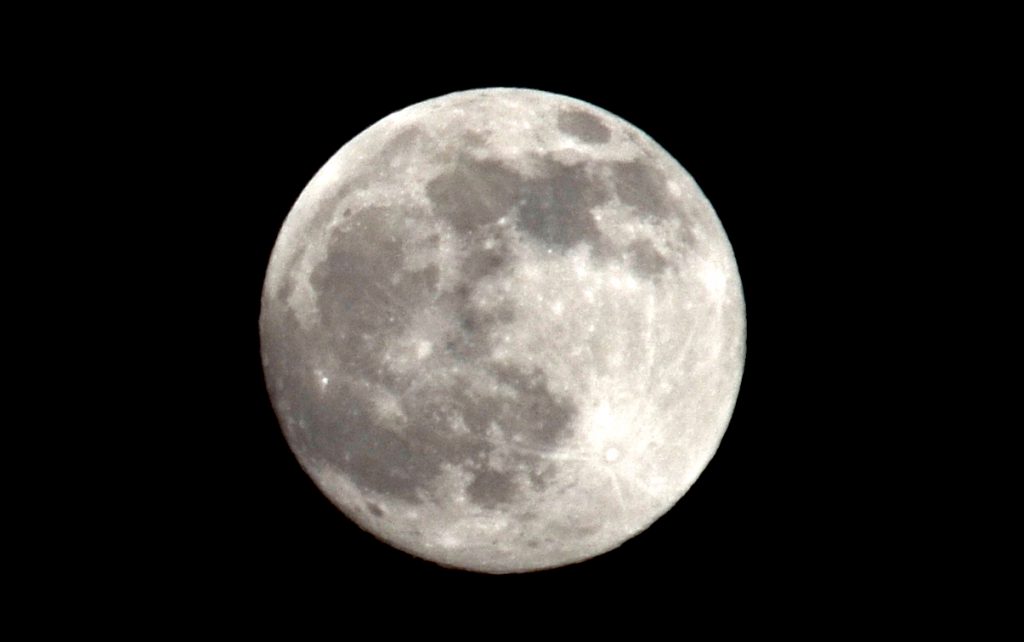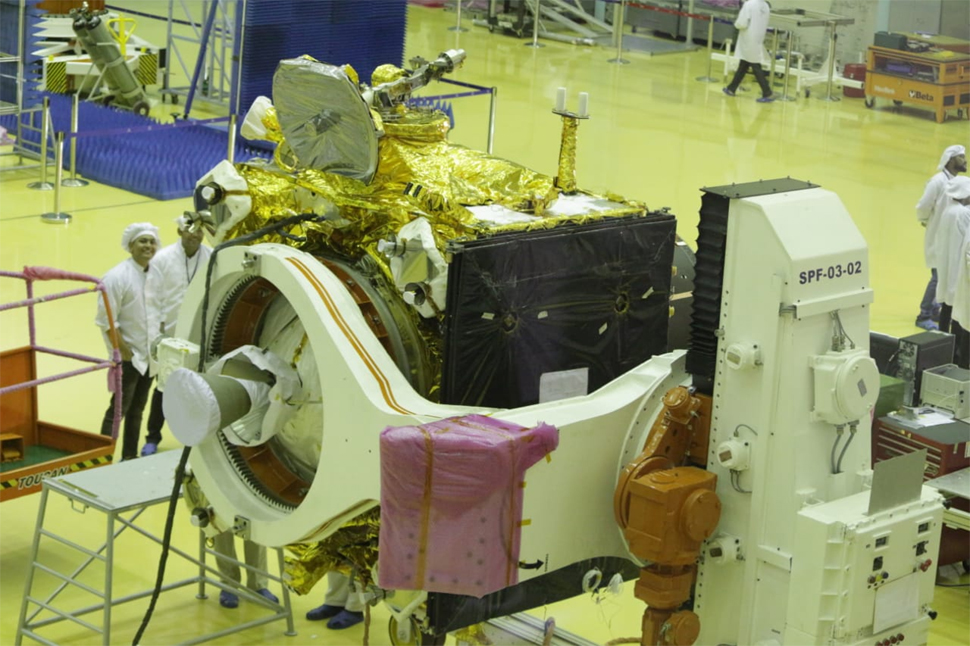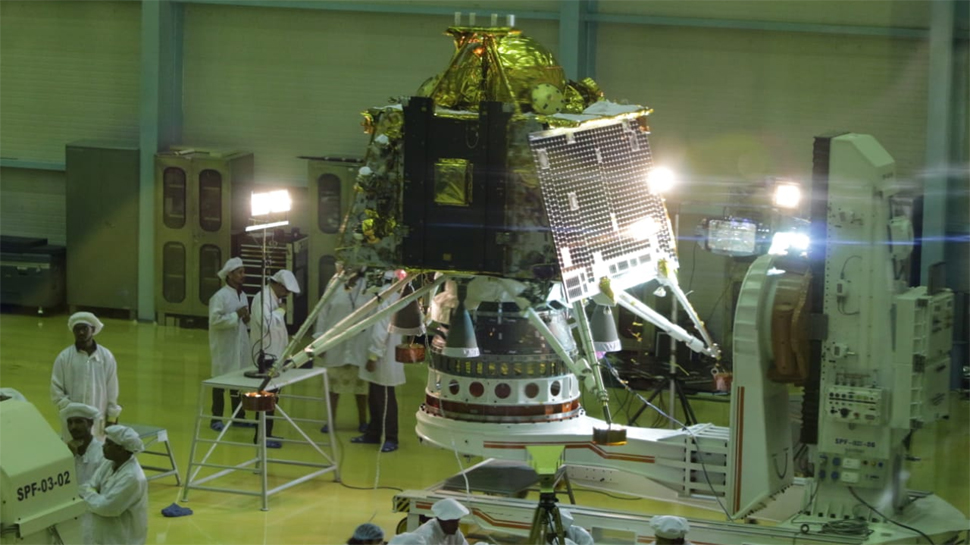
India’s space agency unveiled on Wednesday the spacecraft that it hopes will get to the Moon by September, making the country the fourth to achieve a soft landing on the Earth’s natural satellite after the United States, the former Soviet Union and China.
Chandrayaan-2, India’s second lunar mission, is scheduled to lift off on July 15, Indian Space Research Organization’s (ISRO) chairman, Kailasavadivoo Sivan, said.
It comes more than a decade after the country launched its first lunar mission, Chandrayaan-1, which was just an orbiter and never landed on the moon.

There are an estimated one million tonnes of helium-3 on the moon, though only 25% of that could be brought to Earth, Gerald Kulcinski, director of the Fusion Technology Institute at the University of Wisconsin-Madison and a former member of the NASA Advisory Council told Bloomberg last year.
But that is enough to meet the world’s current energy demands for at least two, and maybe as many as five, centuries, said the expert, who estimates that helium-3 is worth almost $5 billion a tonne.
India isn’t the only country getting on board the lunar mining train. Both China and the European Union have recently floated ideas about extracting helium-3 from the Earth’s natural satellite. Beijing, in fact, has already landed on the moon twice in the 21st century, with more missions to follow.
After being considered mostly a science-fiction tale, governments are now rushing to implement programs and legislation that allow them to join the race for mining in space.
In 2015, former US President Barack Obama signed a law that grants US citizens rights to own resources mined in space. The ground-breaking rule was touted as a major boost to asteroid mining because it encourages the commercial exploration and utilization of resources from asteroids obtained by US firms.

Shortly after, Luxembourg launched an official initiative to promote the mining of asteroids for minerals. The tiny European country, which has been studying possible involvement in the sector since 2013, aims to become Europe’s centre for space mining.
Canada is also eying the moon. Last year, Ontario-based Deltion Innovations partnered with Moon Express, the first American private space exploration firm to have been granted government permission to travel beyond Earth’s orbit on future opportunities in outer space.
Some of the space ventures in the works include plans to mine asteroids, track space debris, build the first human settlement on Mars, and billionaire Elon Musk’s own plan for an unmanned mission to the red planet.
Geologists as well as emerging companies, such as US-based Planetary Resources, a firm pioneering the space mining industry, believe asteroids are packed with iron ore, nickel and precious metals at much higher concentrations than those found on Earth, making up a market valued in the trillions of dollars.